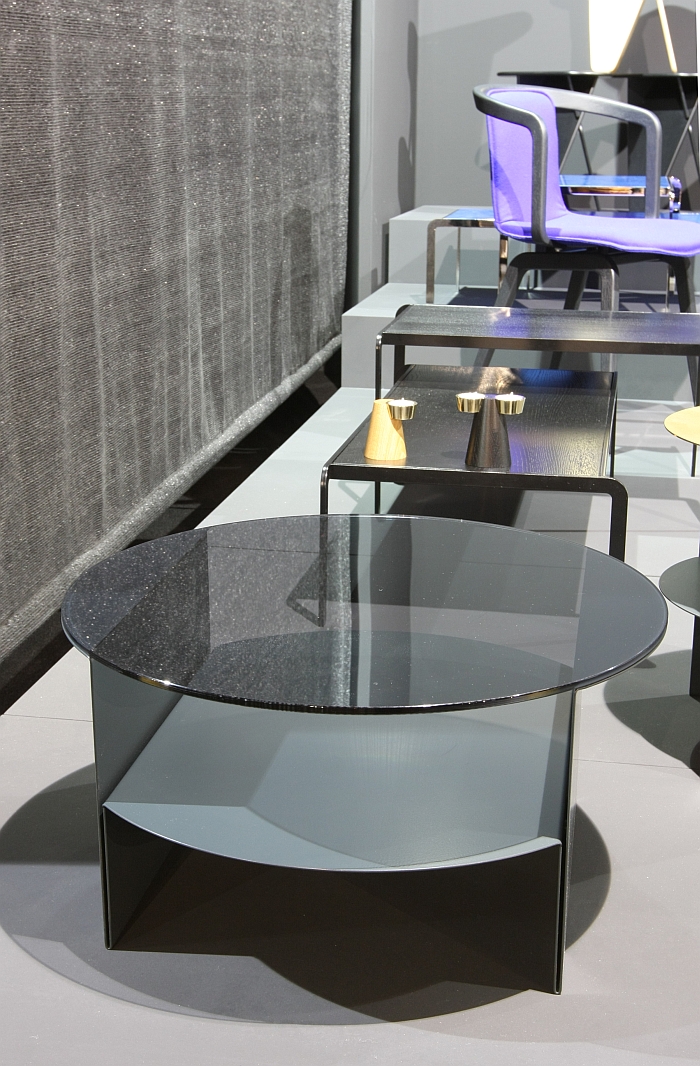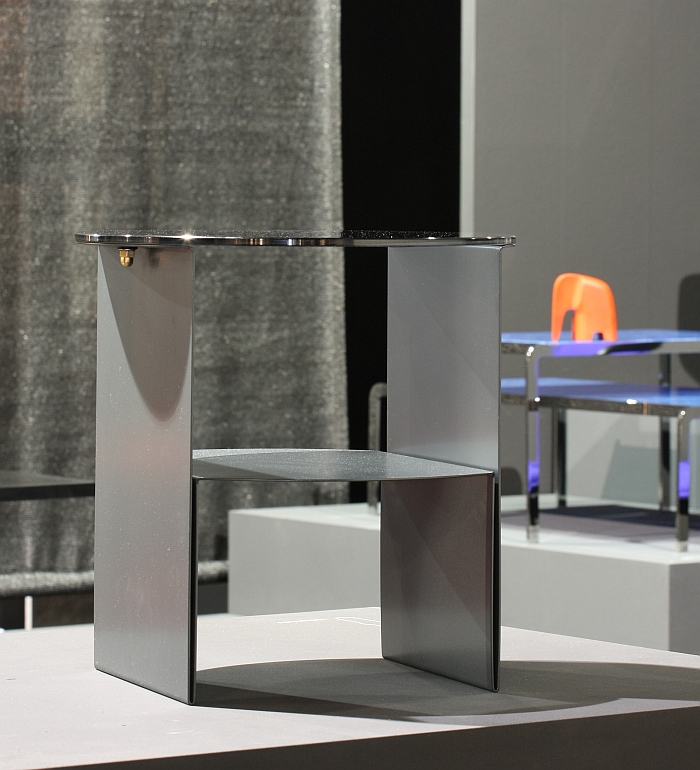In his 5th century BC text "The Art of War", the Chinese military strategist Sun Tzu notes:
Were Sun Tzu's metier the furniture fair rather than the warfare, we feel certain he would have added:
IMM Cologne 2018 is awash with such. It's not IMM's fault; rather is endemic of an industry which supplies utensils of human need, objects which surround our every waking and sleeping moments, accompany the trials, tribulations, triumphs and temporality of existence, but which all too often do so not with the aim of improving our immediate environment, be that aesthetically, functionally or morally, but of generating profit.
The inevitable result is innumerate brands all desperately trying to prove they can do exactly the same as everyone else, can all do what the t**** soothsayers tell them the market(s) want.
Yet as George Nelson teaches us, don't produce for a perceived market, produce for yourself. Your customers will find you. And those who don't, aren't your customers.
As we say, its not IMM's fault, IMM is one the major furniture industry platforms, and consequently its visitors are exposed to a very concentrated dose of the unnecessary and unseemly
However it's not all soulless pastiche, lazy appropriation or "cocooning" at IMM Cologne 2018, there are also works which demonstrate as Sun Tzu reminds us, and despite what we may believe in any given moment, "Anger can turn to pleasure."
As ever, we're not claiming to have seen everything, have invariably missed some gems, while there are a few projects which may in retrospect have earned a place in the following list, but on which we are still in the process of forming an opinion.
1Sun Tzu, The Art of War, translated by John Minford, Penguin Books, 2002

With that in mind, and in no particular order, our IMM Cologne 2018 High Five!
Sitting down in Richard Lampert's new two seater sofa, the seat moved backwards.
"B*****! We've broken it....!"
Which is never the best start to a day.
Then it moved again, and again, and slowly our panic abated as we realised it's supposed to move. But who could have guessed. A rocking sofa?
Although outwith the garden the rocking/swinging sofa is not in itself unheard off, they are rare creations; the story of Swing starts with an anonymous example in Richard Lampert's possession, albeit one which, as Richard describes, leaves a lot to be desired formally and materially. Alone the swinging function "moves him", and has made the object a favoured piece. If unsatisfying materially and formally. Consequently for his company's 25th anniversary he decided to develop a Lampert rocking sofa, an object where the formal and material qualities were in harmony with the functional.
London based studio Raw Edges, a.k.a Yael Mer and Shay Alkalay, were charged with the challenge, and the result is a very astutely proportioned and scaled object, one which understands its role, finds a pleasing balance between the technical necessity of the frame and the egoistic comfort of an upholstered seat, one where the rocking motion is intimately balanced with the movement of the user, is never more exaggerated than you want it to be, where sitting still is possible, and one that less invites you to sit down, but more lets you know it is there, should you want it, but if not that's also cool.
When you do take up the offer however you are treated to an unfamiliar yet eminently logical, native and very, very satisfying sitting experience.
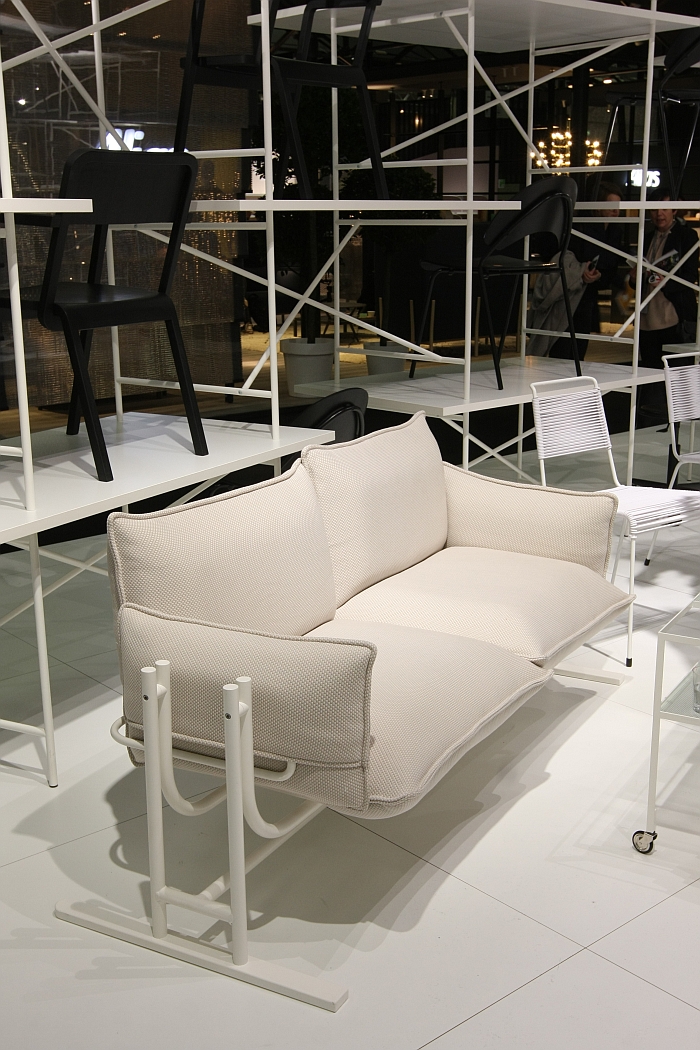
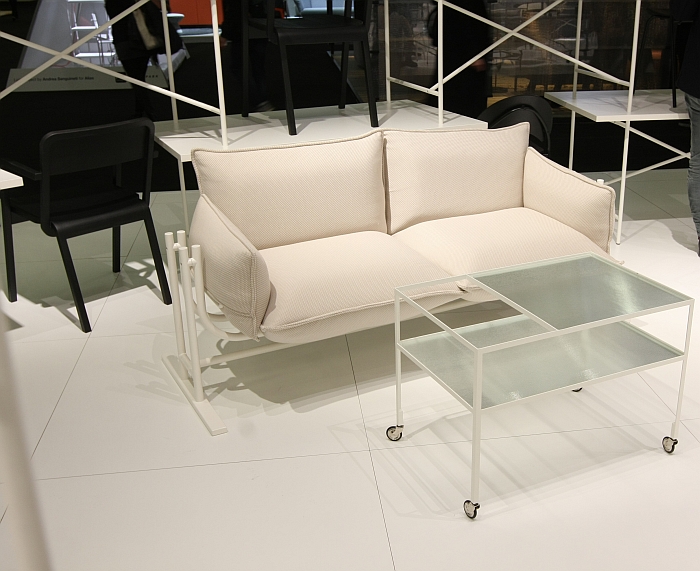
If we're honest, which we always try to be, choosing Hama for this list is a bit like choosing your next door neighbour's child as the winner of a school art competition. Not that Mark Braun is, or ever has been, our next door neighbour; but because we've known Hama since it was but a prototype, standing with a wildly cheeky glint in its eye on a table in Mark's studio. It's one of those objects which we feel has always been in our lives, even though we know it hasn't.
Although a happy, well travelled and cultured object, Hama has also had its share of disappointments; however, we are hopeful that can be assigned to history now it is part of the portfolio of Bonn based manufacturer Echtstahl.
Available in two versions - Hama High, a side chair, and Hama Low, a slightly more spacious and leisurely lounge version - and suitable for indoor and/or outdoor use, Hama is a neatly observed, well proportioned and inherently relaxed piece of chair design, and one who's reduction is purely in terms of material; formally it possess a pleasingly expansive character which despite its apparent sparseness offers a fulsome sitting experience which only fully unfolds through use and familiarity.
Delighted as we are that Hama is now where it belongs on the international furniture market, it does kind of spoil a book project we've been working on these past few weeks, one in which it had a central role. But then what are neighbours' kids for if not to kick footballs through your greenhouse windows. Proverbial or otherwise.
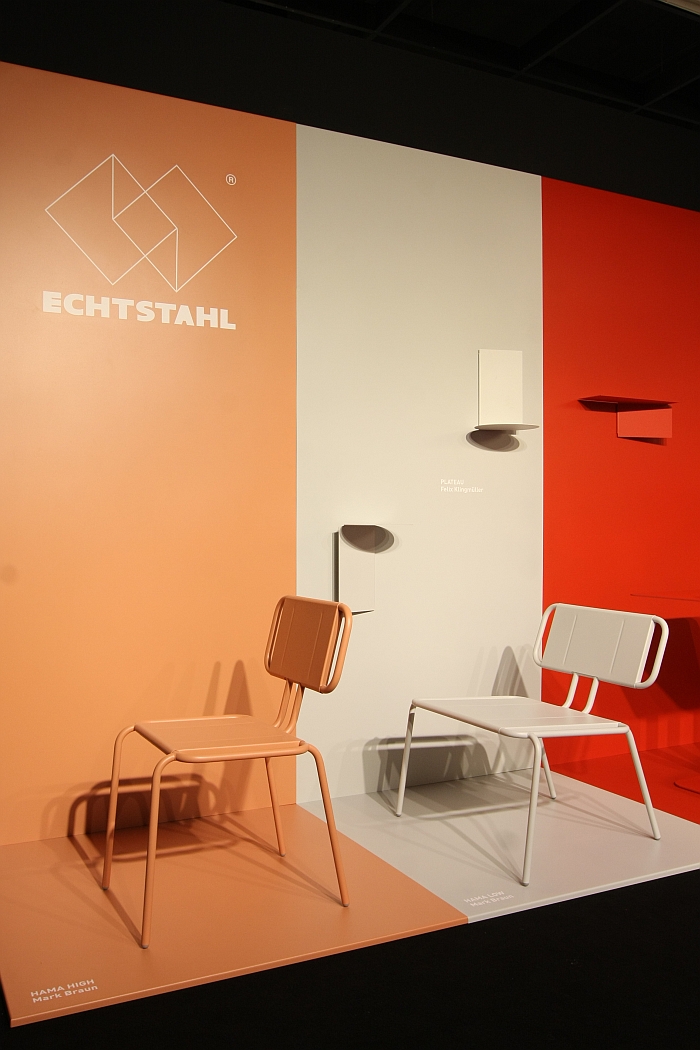
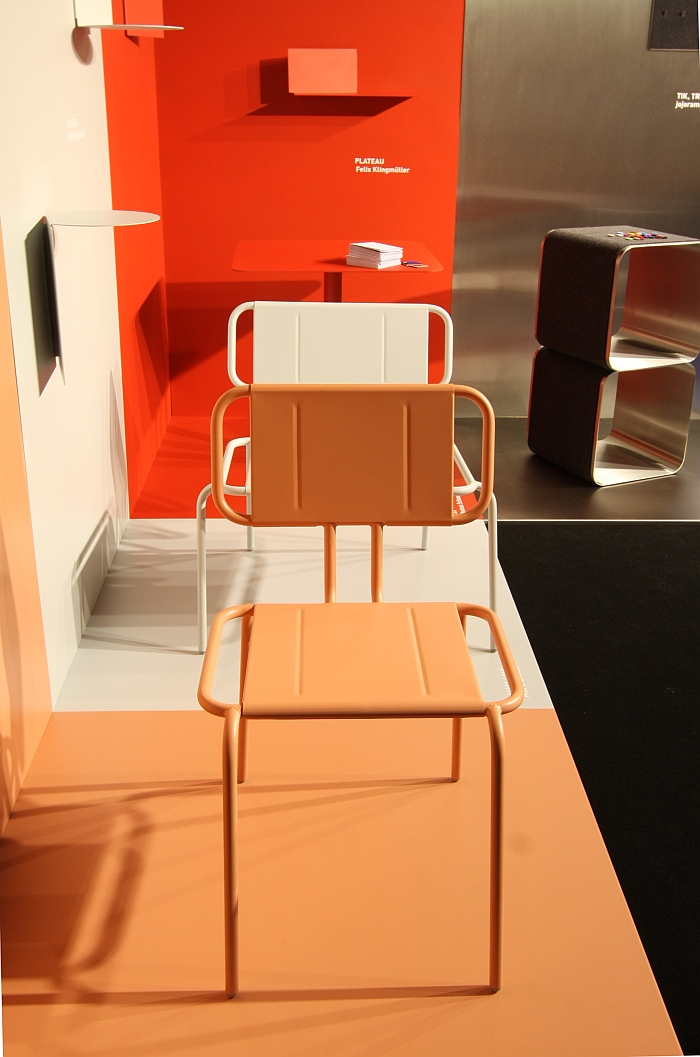
Although an inherently honest piece of chair design, the Igman Chair by Finnish designer Harri Koskinen for Bosnian manufacturer Zanat, is also a deceptive piece full of contradiction.
Crafted from wooden staves combined with thin leather cushioning the Igman Chair is essentially a very, very basic object, yet one which not only offers a high degree of seating comfort but also an aesthetic quality far above its component parts; a contrast between the simple and the extraordinary neatly underscored by the woodcarving on the backrest stretcher of the side chair and armrests of the armchair - the woodcarving being an historical tradition in the region of Bosnia where Zanat are based and one from which the company grew, and a handcrafted detail in a simple wooden chair that is as obvious and integral, as it is pleasingly unnecessary and extravagant.
While very aware of its qualities and the tradition to which it belongs, Igman doesn't take for granted that it can perform its function, isn't complacent, and is all the more diligent for it, works hard to ensure it reaches the high standards it sets itself, without ever showing the effort applied. Demonstrating a keen understanding of the distinction between class and style, Igman in its calm, confident manner effortlessly dominates its space without overbearing or infringing on others. Subtle is we believe the word we are looking for. And charming.
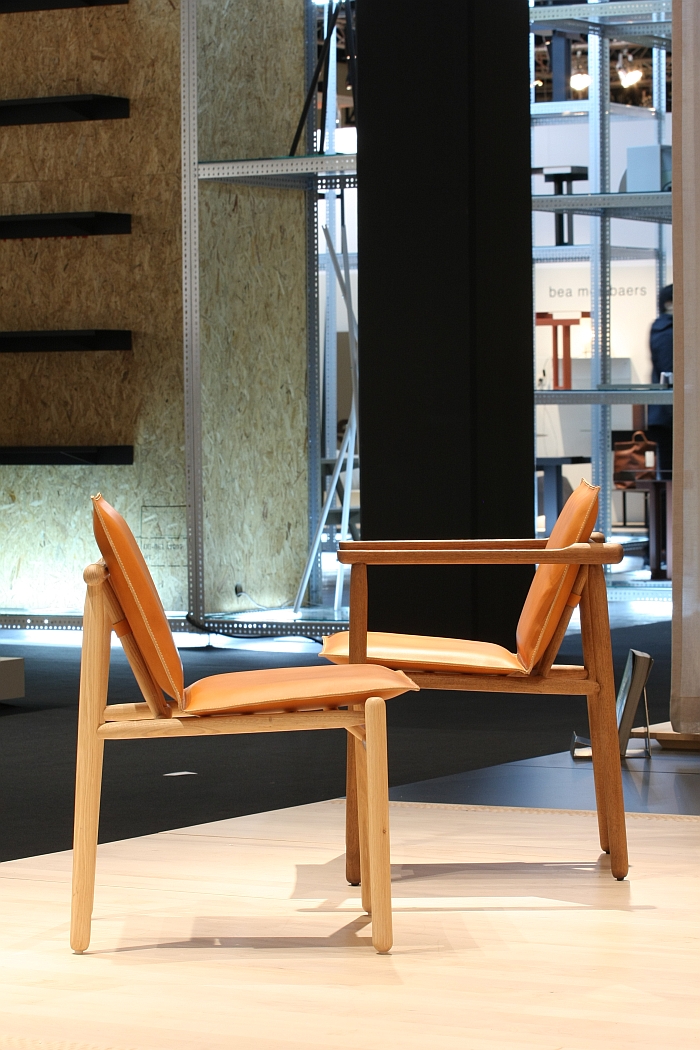
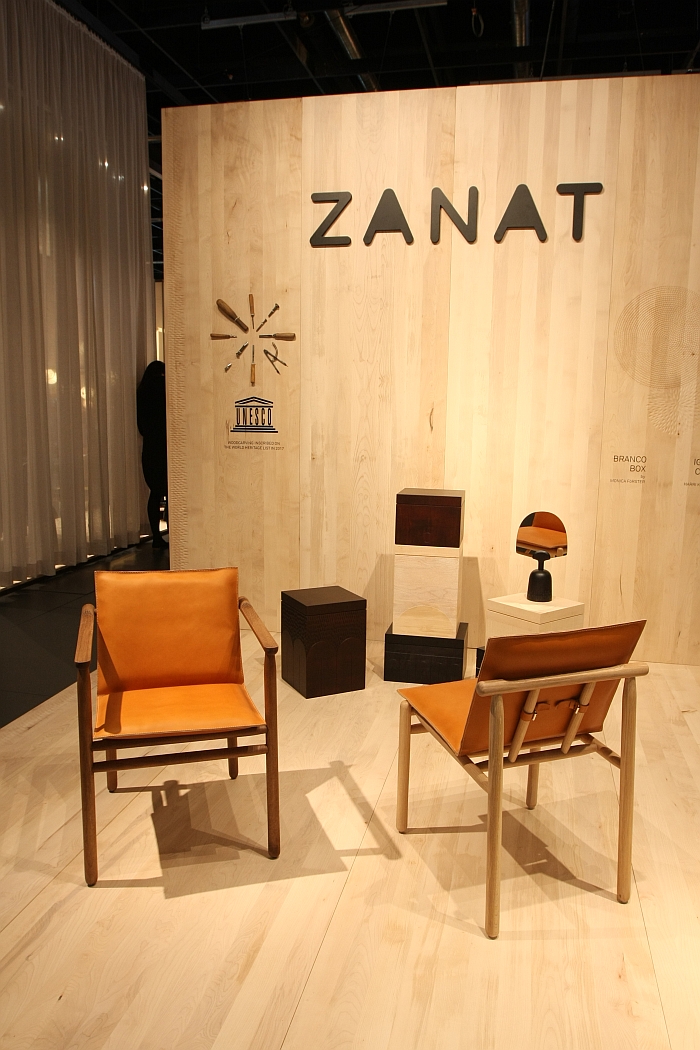
Realised by Klemens Grund in a cooperation with the carpenter Martin Bereuter, as the names imply the D7 is a "normal" chair while the D7K is a folding chair; yet despite such a fundamental difference, and save a couple of very marginal structural differences, they are formally the same chair.
Both have the same sweeping moulded backrest, both have the same filigree and nicely proportioned legs, both have the same expansion at the end of the armrest to support the forearm, both have the same open, explanatory, construction, both the same attention to detail in the development and extension of the line. Both are the same chair. Just the K has a folding mechanism; consequently, should you have a (semi-)regular need for extra chairs, for example at a dining table, with the D7s you needn't use any old chair as a provisorium, but can unfold the same chair.
A neatly reasoned object the D7(K) demonstrates not only its creators' understanding of and genuine interest in the material, but their technical finesse, the folding mechanism being as it is, stupidly simple. Yes it does take a couple of goes to stop associating the filigree lightness with fragility, to understand they are robust objects, but once you do the process quickly becomes intuitive.
Quite aside from all the above, both chairs are made for TECTA by Martin Bereuter in Lingenau, Austria, or put another way, in a workshop who understand the object, because they developed it. And there can be, we would argue, no more convincing guarantee of the quality and reliability of a furniture object than that.
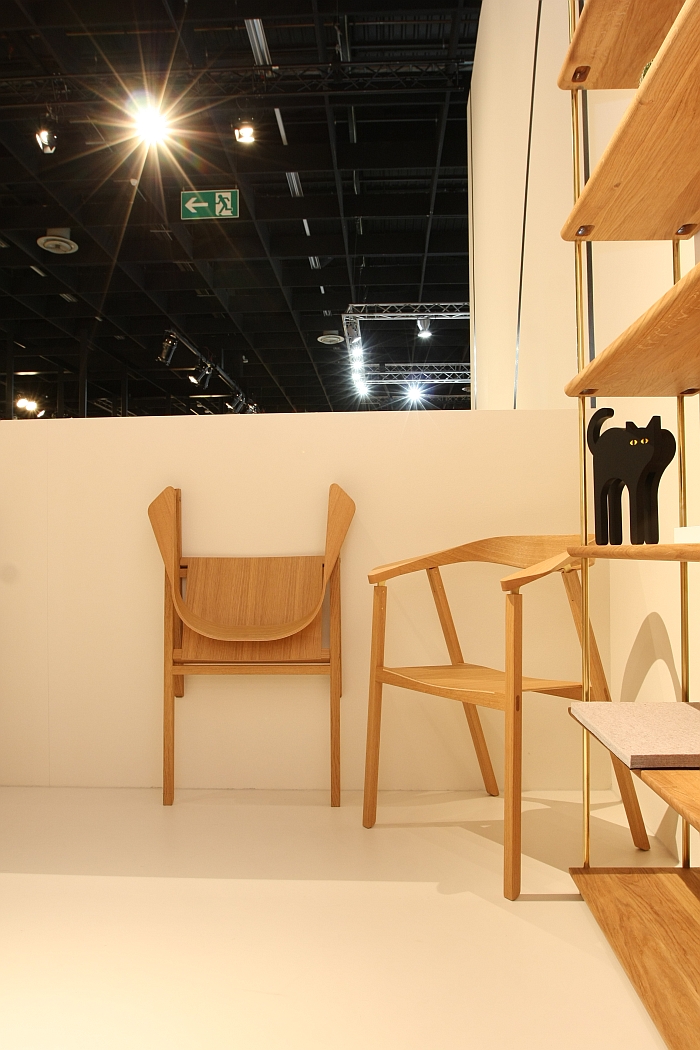
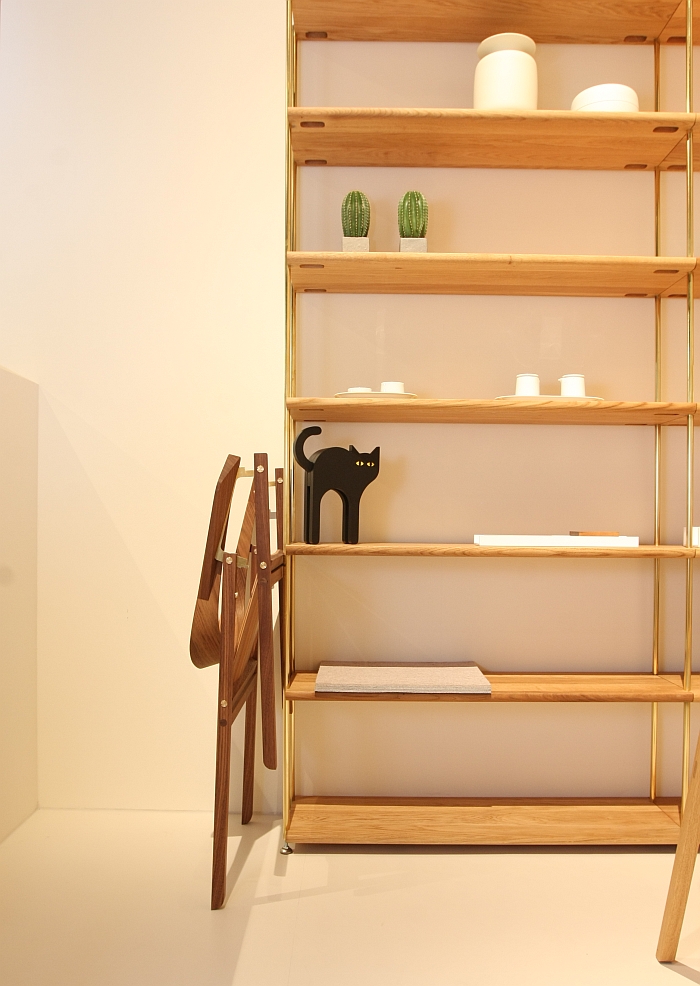
Although writing "Passage Table by Andreas Kowalewski for Caussa" is technically correct, it is also slightly misleading; for Andreas, along with Jan Drücker, is Münster based manufacturer Caussa. Andreas being responsible for the design aspects, Jan for the business.
Established in 2016 Caussa are making their IMM debut and among the highlights of their inaugural collection was, for us, the Passage Table collection
Composed of a base formed from single piece of powder coated steel with a, in our favoured version, glass top, the Passage Table is an intelligently efficient piece of design and one which although visually light has a physical mass: they are sturdy objects, none of your urban nomad nonsense here, it is very much a table for those who know they are at home and ain't planning changing that.
Indeed so visually light is the Passage Table we initially didn't notice it, were drawn to Caussa's stand by the object standing next to it. It was honestly a good ten minutes before we even noticed the solid steel and smoked glass side table.
And then spent the next six months trying to photograph it; a combination of our idiocy and the realities of the space IMM provide to smaller manufacturers forcing us to take up temporary residency on the Caussa stand.
However, through photographing it so much we had the opportunity to become even better acquainted with the finer details, formally, structurally and technically, had time to consider and appreciate the proportions, lines, materials, and for all to savour the cherry atop this particular tablecake: the shelf. As we've long, long bemoaned the lack of contemporary side/coffee table shelves is inexcusable.
The Passage Table not only provides that, but does so in a carefully considered and eminently satisfying form realised with the assistance of some deceptively simple construction tricks.
